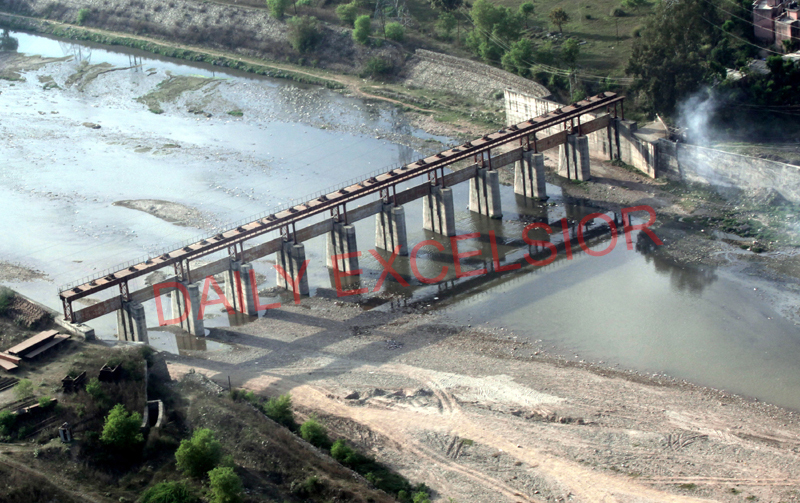The Tawi Riverfront and Artificial Lake, key elements of the Jammu Smart City project, signify a transformative vision for the city of Jammu. The ambitious project aims not only to beautify the urban landscape but also to bolster the city’s infrastructure, enhance tourism, and improve the quality of life for its residents. Both the projects are set to redefine the aesthetic and functional aspects of Jammu. By focusing on the riverfront, the project promises to transform an underutilised area into a vibrant public space, contributing to the city’s appeal. The artificial lake, on the other hand, aims to create a recreational hub, offering residents and visitors a serene environment amidst urban hustle. The Chief Secretary’s recent meeting to review the progress of these developments highlights the urgency and importance of this initiative. The emphasis on the project’s significance underscores a broader vision of urban renewal. The project plays an important role in enhancing Jammu’s aesthetic appeal, making it a more attractive destination for tourists and a more pleasant place for its inhabitants. This vision aligns with global trends where cities leverage natural water bodies to create scenic and functional urban spaces, like the Sabarmati Riverfront in Ahmedabad, India, or the San Antonio River Walk in Texas, USA.
Reviewing the progress across various components of this major beautification project is crucial, given the numerous setbacks it has encountered. The project has experienced frequent starts and stops, which have become routine news over the years. For instance, the construction of pillars for the artificial lake began only to be abandoned midway. The presence of high-ranking officials in the review meeting reflects the multi-departmental coordination required for such a complex endeavour. However, the progress reported so far reveals both achievements and challenges. One of the critical aspects discussed was the diversion works and installation of sluice gates necessary for creating the artificial lake. The Chief Secretary stressed the importance of adhering to deadlines to ensure timely completion. This call to action is vital, as delays in these preliminary steps can cascade into larger setbacks, affecting the entire project timeline. The pending work on the nallahs on both banks of the lake highlights ongoing challenges. These nallahs need to be efficiently managed to prevent pollution of the lake.
Effective coordination among various departments and agencies is paramount for the success of the Tawi Riverfront and artificial lake projects. Maintaining inter-departmental coordination is crucial. Each component of the project, from the diversion works to the installation of sluice gates and the construction of allied infrastructure, is interconnected. Any lag in one area can hinder progress in others. The Chief Secretary’s proactive approach, including regular reviews and directives, ensures that all stakeholders remain focused and accountable. The successful completion of the Tawi Riverfront and artificial lake will have far-reaching impacts on Jammu. It will not only provide a recreational space for residents but also attract tourists, boosting the local economy. The aesthetic and environmental benefits of a well-maintained riverfront and lake can significantly enhance the city’s liveability, potentially setting a precedent for other urban projects in the region. Moreover, the project aligns with the broader goals of the Jammu Smart City initiative, which aims to create sustainable, inclusive, and economically vibrant urban spaces. By integrating modern infrastructure with natural landscapes, the project supports sustainable urban development, promoting ecological balance while catering to urban needs.
As Jammu embarks on this ambitious journey of urban transformation, the Tawi Riverfront and artificial lake project stand as a testament to the city’s forward-looking vision. However, the path to completion requires unwavering commitment, meticulous planning, and seamless execution. As the project progresses, it will undoubtedly redefine Jammu’s urban landscape, offering its residents and visitors a glimpse into the city’s bright future. The continued focus on coordination, quality, and timely execution will ensure that this vision is realized, setting a benchmark for urban development in the region.
Trending Now
E-Paper


